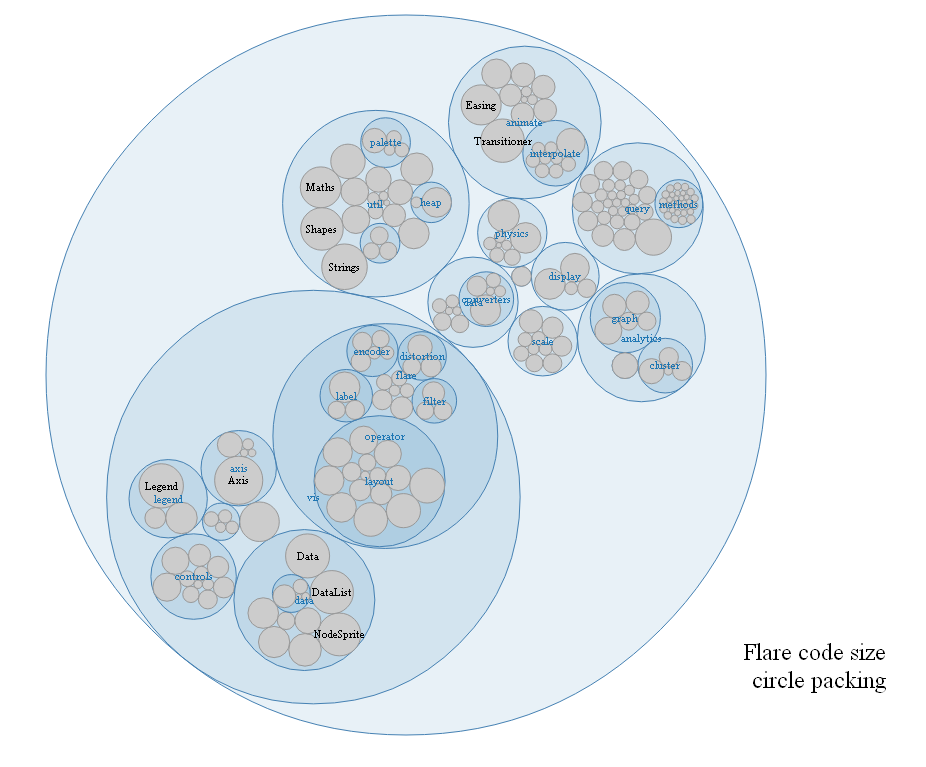In “Knowledge-Based General Game Playing” Haufe, Michulke, Schiffel, and Thielscher (2011) discuss their general game playing program FLUXPLAYER. They summarize their article as
“This article gives an overview of five essential methods for knowledge-based General Game Playing:
1. We show how to automatically generate evaluation functions for non-terminal positions.
2. We demonstrate the application of machine learning
techniques to improve these evaluation functions.
3. We illustrate how a system can automatically derive new
properties of games using automated theorem proving.
4. We present two specific techniques that help to reduce the
complexity of the search space by mimicking the ability
of humans to
(a) detect symmetries in games and
(b) identify subgames in composite games.”
FLUXPLAYER creates a fuzzy logic position evaluation function based on the rules for “for terminal and goal states”, persistent makers (such as pieces), a “logic-to-neural-network transformation”, simulations, temporal difference learning, symmetry detection, factoring (“Given its mere rules, how can a previously unknown game be automatically decomposed into independent subgames?”), automated theorem proving, and the $C- IL^2P$ algorithm.

